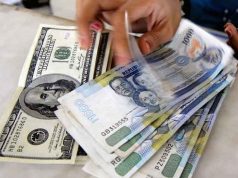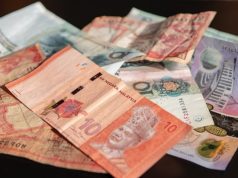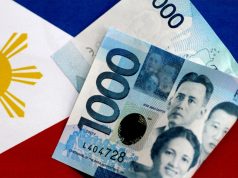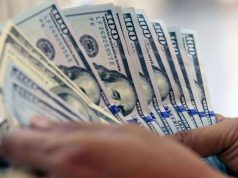MANILA – The Department of Finance (DOF) has cited the need for a flexible exchange rate to ensure that market players easily adjust to economic developments.
The DOF stressed this in its economic bulletin that cited the latest movement of the local unit. Movement of the exchange rate “should not be taken as a sign of structural weakness in the economy,” it said.
“In an environment where macroeconomic fundamentals are sound — real GDP (gross domestic product) growth is higher than six percent, inflation is within projected levels, international reserves are in excess of eight months of imports of goods and services, BOP (balance of payment) and fiscal deficits are financeable and the debt ratios are declining, it is best that the exchange rate should move flexibly so that economic players are able to adjust promptly to market dynamics, thus sustaining economic growth,” it said.
In recent weeks, the peso registered another depreciation and touched the 52-level to a greenback as investors expected more hikes in the Federal Reserve’s key rates, which in turn, boosted the US dollar.
The bulletin, however, stressed that the local unit’s movement is in line with its peers in the region as it maintains the economy’s competitiveness and sustains its strong expansion.
It traced the peso’s depreciation to correction after strengthening in the past years.
It said that after the local unit weakened against the dollar in 2004 and posting its strongest in 2007, the peso, as of February this year, has appreciated by 7.3 percent or from 56.27 to 52.16 against the US currency.
It said that since 2004, the peso is the fifth most appreciated unit among 12 currencies in Asia, which posted an average depreciation of 5.65 percent.
Citing data from the Asian Development Bank (ADB) and Bloomberg, the bulletin said the currency that posted the highest appreciation during the said period was China’s renminbi at 23.55 percent followed by Singapore dollar, 21.60 percent; Thailand baht, 19.49 percent; and Taiwan dollar, 8.21 percent.








